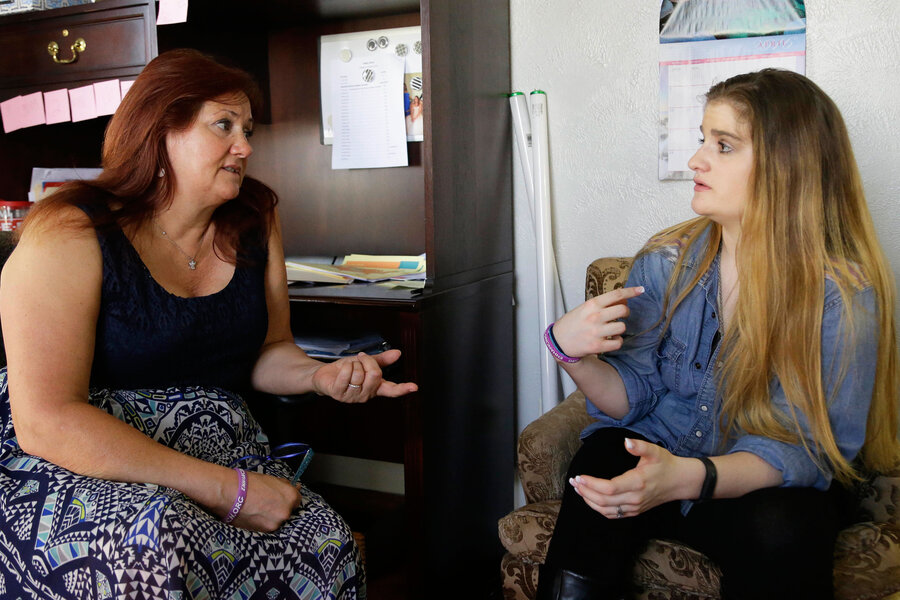Boosting the prospects of foster children: Ohio ups the age limit
Loading...
A child who ends up in foster care has usually suffered a setback in life at an early age, with a family that is perhaps too dysfunctional, too broken, to be able to provide care. But the system that seeks to support such children will normally eject them when they turn 18, forcing them to stand on their own two feet at an age when many people are still struggling to define themselves and find their way.
In acknowledgement of this, and amid a growing trend, Ohio has extended its foster care eligibility to the age of 21.
The bill, signed into law this week by Gov. John Kasich (R), is to go into effect in 90 days and will likely be implemented in about 18 months.
“Some of Ohio’s most vulnerable young people can celebrate the prospects of a brighter future,” said Mark Mecum, chair of Ohio Fostering Connections, in a statement. “With the passage of House Bill 50, Ohio can begin the process of launching a program of core support services to help youth who age out of foster care to bridge more successfully to adulthood.”
Tens of thousands of children in the United States each year are taken from their families by court order, suffering such neglect or abuse that a judge deems it necessary to permanently sever the parents’ rights over their offspring.
As the children enter the world of foster care, they often move from family to family, failing to find the stability, the comfort, and the relationships that are so often fundamental to a healthy upbringing.
It is little surprise then that one in five become homeless after they “age out” of the system at 18; at 24, only half will be employed; less than 3 percent earn college degrees; and 71 percent of women are pregnant by 21, as Rita Soronen, president of the Ohio-based Dave Thomas Foundation for Adoption, wrote in a 2014 CNN op-ed.
“There is a cycle of violence and helplessness innate in the lives of the hundreds of thousands of children in the US foster care system,” writes Ms. Soronen. “And yet millions of Americans are unaware that thousands of children remain in this cycle, and those charged with their protection fail to commit to better solutions for educational and vocational support, employment, life skills training and secure homes.”
The change afoot in Ohio, then, is a step in the right direction, advocates say.
Under the new law, programs will be made available to foster children that include college and career counseling, as well as transitional housing options. The enhanced level of support is expected to cost the state $9.7 million in the first year, not including federal foster-care money.
"Together, we can now implement a program that will change the status quo and give young Ohioans better opportunities to succeed," Mr. Mecum told the Associated Press.






